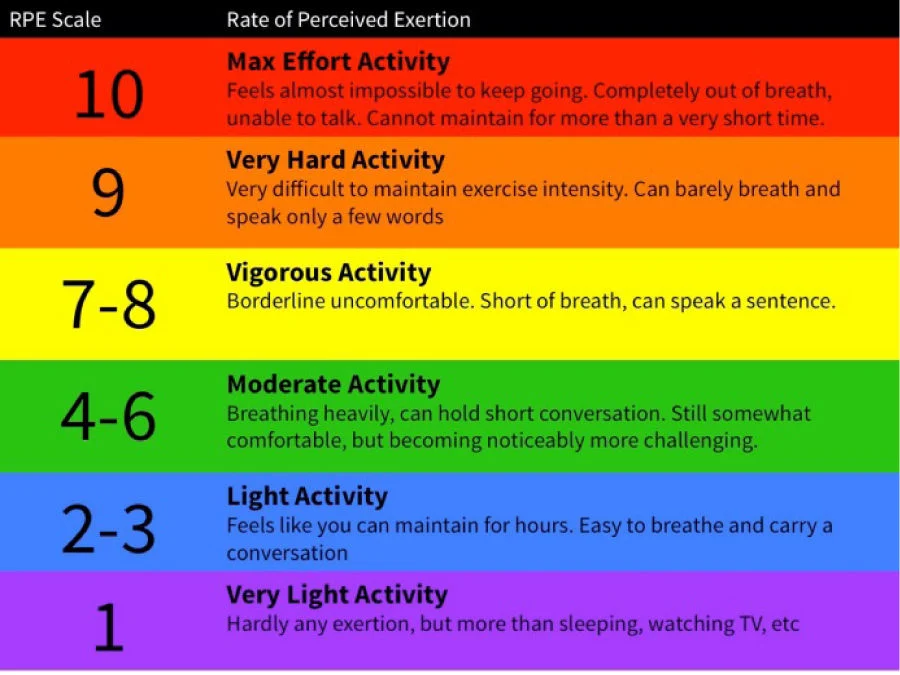If someone said there was an elixir that helped boost mood, improve sleep, regulate appetite and blood sugar, blood pressure, maintain healthy bones, and had an endless list of positives, you would be banging down that door asking for the potion.
Enter any amount of moderate or vigorous work to your favorite beats and you have the secret concoction to achieve all of that — and it feels like a “but wait there’s even more” sales pitch but that’s the beauty with exercise. There IS more.
The Mental Benefits of Exercise
Why exercise? Do it if not for any other reason than for psychological wellbeing. Exercise is a natural antidepressant. Exercise is a way to enhance memory. Exercise removes brain fog and brings energy to the mind, body and soul. When it comes to mental health, exercise has an impact in the following ways:
- Enhancing mood via the production of the “feel-good hormones” (source)
- Reducing anxiety and depression (source)
- Improving cognitive function (source)
- Helping conquer addiction (source)
Music feeds the soul – especially when exercising. According to the Journal of Sport & Exercise Psychology, music can even offer an “ergogenic effect,” which means it can enhance athletic performance. I’ll take that!
Evidence for Exercising
Exercise has been cited as the “polypill” (source). One of the many components in preventing and treating any chronic disease, exercise has been among one of the greatest ways in which we can promote our health. There is an overwhelming amount of evidence supporting the use of exercise to enhance emotional and physical wellbeing.
According to the Seventh Report of the Joint National Committee on Prevention, Detection, Evaluation, and Treatment of High Blood Pressure (JNC 7), physical inactivity (which is being sedentary) was assessed as one of the Major Cardiovascular Disease (CVD) Risk Factors. By just being sedentary that alone can increase your risk for developing chronic diseases.
Just moving more throughout the day – especially to synchronous music – can enhance athletic performance.
citation
It doesn’t come as a surprise to learn that physical inactivity is the third leading cause of preventable death in the U.S., second only to poor diet and tobacco use (source).
How Much Do We Need?
Regular exercise is an intervention that does not require the use of medication – only sneakers. The Centers for Disease Control and Prevention (CDC) recommends 150 minutes of moderate intensity aerobic exercise or 75 minutes of vigorous aerobic activity per week with 2-3 times per week of strength training on non-consecutive days.
What is the difference between moderate and vigorous activity? Vigorous activity is defined as activity that burns more than 7 calories/minute. This would include:
- Very fast walking (if you’re on a treadmill, this looks like going faster than 5 miles per hour)
- Jogging or running
- Biking at greater than 10 mph or if you are doing a lot of hills when biking.
- Any sort of high intensity aerobics class
- Canoeing / rowing / x-country skiing
- There is a much more comprehensive list on the CDC website.
For the moderate list, this is any activity that you can do comfortably for an extended period of time. This would include:
- Walking at moderate or brisk pace (3.5-4.0 mph).
- Easy dancing
- Bicycling (5 to 9 mph, level terrain)
- Swimming comfortably or water aerobics.
These are all considered moderate activities. For additional resources, check out examples at Harvard School of Public Health’s page.
The “talk test” is a great way to gage how hard you are working. If able to carry on a conversation, this would indicate that you are doing more moderate activity. If instead, you are having a hard time getting a sentence out, this would indicate that you are working harder, or if you can only say a few words, that is most certainly vigorous activity.
You can also use something that exercise physiologists call RPE Scale, which is the Rate of Perceived Exertion, also known as the Borg Scale:
Marissa’s Top Workout Beats of 2022
Here are my top 22 beats for 2022 (+one extra bonus cooldown beat as #23 for the new year). The music that I chose was not all released in 2022 – in fact some are oldies but goodies.
Simply download my list to your Spotify account and get on your fave running path, bike or machine and get to work!!! You won’t regret it 🙂
Feel free to listen here on the blog or follow my playlist, entitled, REVV Top 2022 Workout Mix on your Spotify account.
What do you love listening to?
Feel free to write in the comments below and share your favorite songs and playlists. Spread the love!






0 Comments